Review suggests little difference in failure rates of immediate or early loaded implants placed using a flapless technique
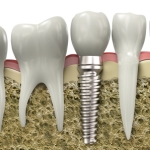
Yesterday we considered a review which compared flapless and flapped placement of implants. (Dental Elf 8th July 2014). Today we are looking at one of the other reviews mentioned. The am of this review to evaluate the effectiveness and safety of immediate loading (within 3 days) versus early loading (after 6 weeks to 2 months) [read the full story…]
Dental implants placement flapless or not?
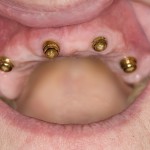
Flapless implant placement where dental implants are inserted through the mucosal tissues without raising a mucoperiosteal flap have been introduced as they are considered to minimize the possibility of postoperative peri-implant tissue loss and to overcome the challenge of soft tissue management during or after surgery. The aim of this review was to investigate whether [read the full story…]
No good evidence available on treatment options for generalised tooth wear
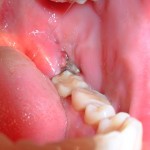
It has been estimated that about 25% of 10-40 year old European adults were affected by tooth wear (See Dental Elf 30th Sept 2013). The aim of this review was to identify similarities among treatment options for generalized tooth wear and to develop an approach to rehabilitation based on the best evidence available. Searches were [read the full story…]
Review suggests that via socket filling with a bone graft can help preserve alveolar ridge
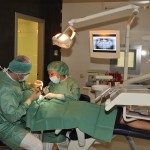
Vertical and horizontal alveolar bone loss follows tooth removal. Maintaining good alveolar ridges has an impact on future treatment options. As a consequence a range of approaches have been investigated with a view to ridge preservation. The aim of this review was to determine the effect of socket grafting to prevent post-extraction ridge volume loss [read the full story…]
Another review finds limited evidence for making treatment recommendations for keratocystic odontogenic tumors
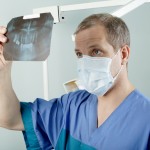
The keratocystic odontogenic tumor (KCOT) is a benign but locally aggressive tumour and accounts for 2-11% of jaw cysts and can occur at any age. Historically they have been referred to as odontogenic keratocyst (OKC) and primordial cyst. A range of treatment approaches have been suggested for KCOTs but preferred option is still debatable. The [read the full story…]
Insufficient evidence to determine the effect of systemic antibiotics on adults with symptomatic apical periodontitis or acute apical abscess

The recommended treatment for apical periodontitis or acute apical abscess is removal of the source of inflammation or infection by local, operative measures ie tooth extraction or pulp extirpation possibly in combination with the incision and drainage of any swelling present. Antibiotics are only recommended where there is evidence of spreading infection or systemic symptoms. [read the full story…]
New guidance from SDCEP on the prevention and treatment of periodontal diseases in primary care
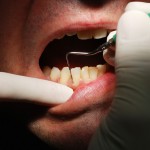
The Scottish Dental Clinical Effectiveness Programme (SDCEP) has just launched its latest guidance on the Prevention and Treatment of Periodontal Diseases in Primary Care. The focus of the guidance is on the prevention and non-surgical treatment of periodontal diseases and implant diseases in primary care. It includes advices on diagnosis and management of periodontal and [read the full story…]
Small study suggests positive effect for hyaluronic acid spray on swelling and trismus after third molar removal
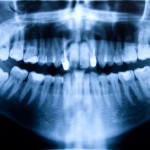
Postoperative pain, swelling and trismus are common postoperative problems following the removal of impacted third molars. Hyaluronic acid (HA) is a major carbohydrate component of the extracellular matrix and can be found in many tissues and has been introduced as a bio-material with potential to enhance wound healing. It has been used in ophthalmology, dermatology, [read the full story…]
Periodontal treatment may be effective in improving metabolic control in diabetics but clinical significance is unclear
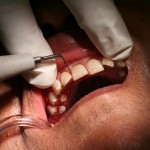
The destructive form of periodontal disease, periodontitis, affects approximately 50% of adults and over 60% of over 65 year olds, with severe periodontitis affecting 10–15% of populations. It is biologically plausible that chronic inflammation from periodontal disease has an impact on diabetes control and a number of epidemiological studies have highlighted associations between the two [read the full story…]
Little reliable evidence available to assess if dental implant failure is higher in diabetic patients
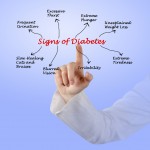
Diabetics have been shown to have a higher frequency of periodontal disease and tooth loss. This together with the fact that diabetics also have delayed wound healing means that dental implant placement is more risky in these patients. The aim of this review was to investigate whether there are any effects of diabetes mellitus on [read the full story…]
